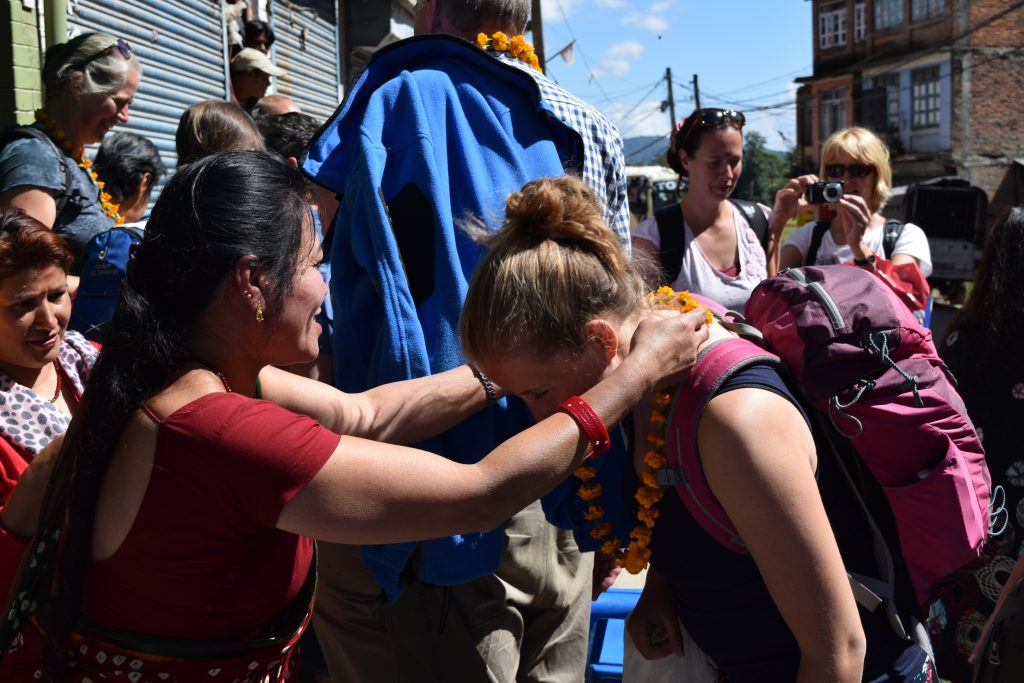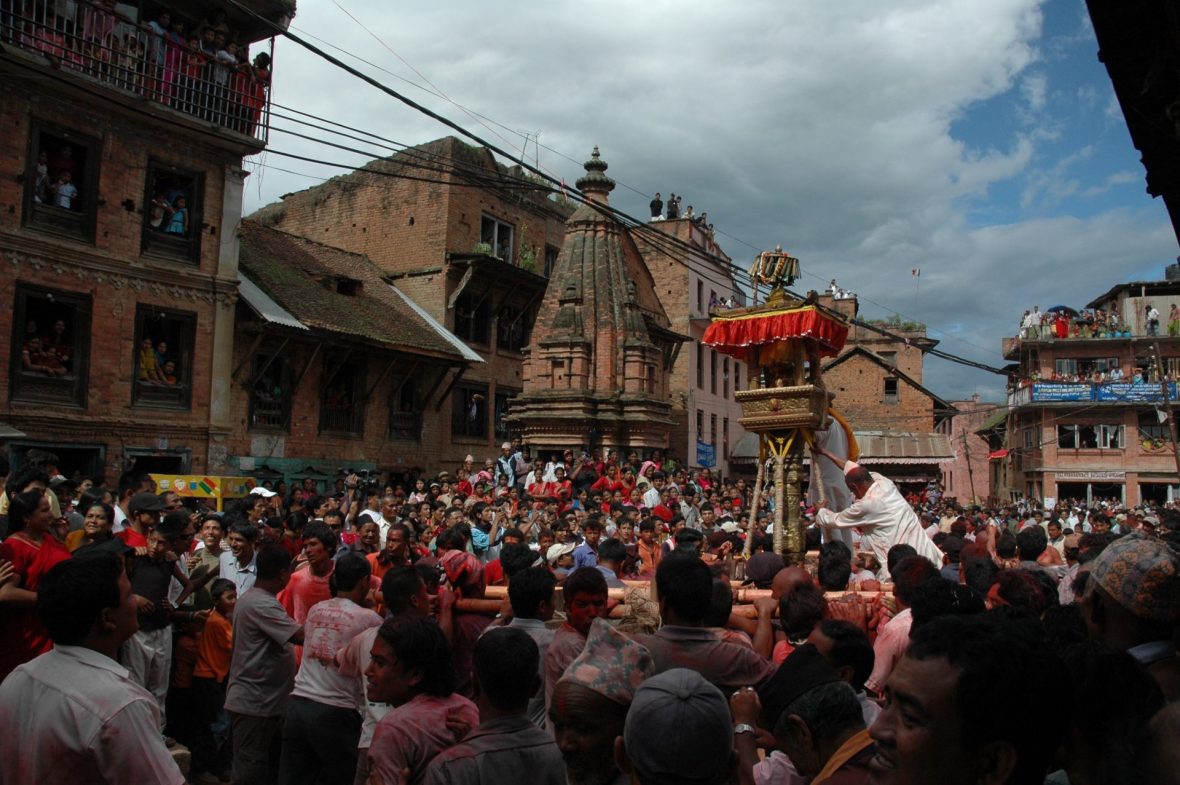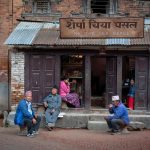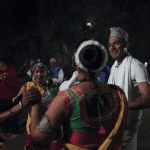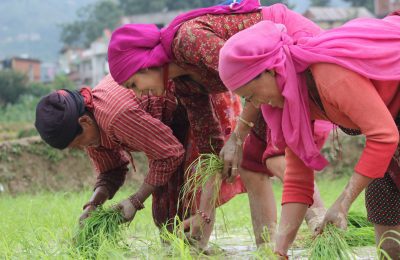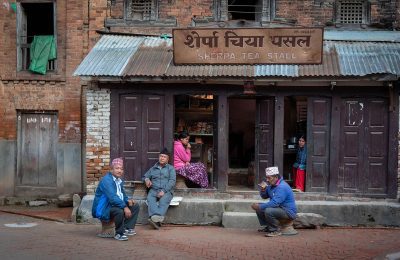Nepal is a country with an incredibly diverse culture, and festivals are an important part of its heritage. From colorful religious celebration to unique local cuisine, there are numerous opportunities for tourists to experience the cultural diversity of Nepal. From the ancient Hindu festivals of Maha Shivaratri and Dashain to the Buddhist festival of Losar, every year brings the celebration for locals and tourists alike. Lets get to know more about “Jya:Punhi” popularly known as “Panauti Jatra”.
JATRAS of NEPAL
Among the many festivals are the “Jatras”. Nepal celebrates century-old Jatras with vibrant processions, rituals, and ceremonies accompanied by fascinating lores. The Jatras are an integral part of Nepali culture and involve elaborate rituals and ceremonies. They bring together people and provide a platform for celebration, entertainment, and socialization. Jatras also provide a great opportunity to learn about the local customs, traditions, and beliefs. The vibrant colors, music, and dances of the Jatras make them unique experiences that should not be missed!
While each Jatra is special to Nepali people, Jya:Puhni holds a distinct significance to the people of Panauti. The “Jya:Punhi” popularly known as “Panauti Jatra” is celebrated each year in Panauti. It is one of the most important Jatras that has been celebrated for centuries. The Panauti Jatra recites the story of goddess Parvati and lord Shiva in their fearsome avatars, Bhadrakali and Bhairab.
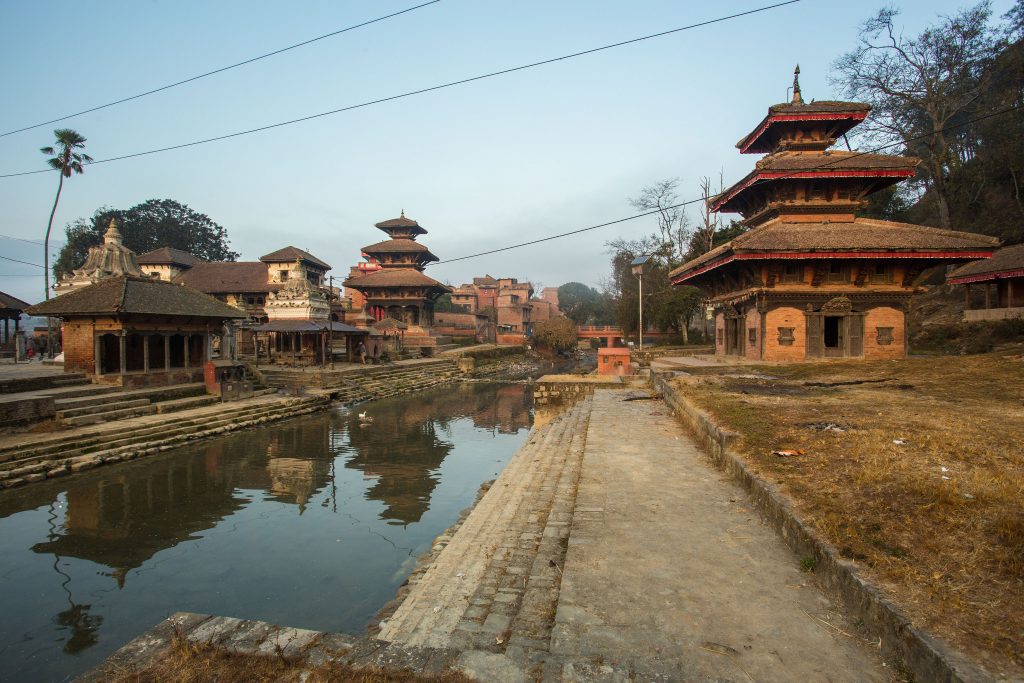
JYA:PUNHI – THE PANAUTI JATRA
Panauti is a small Newari town situated 32 km from Kathmandu, the capital of Nepal. This small beautiful town holds great importance since it is home to centuries-old traditions, culture, and architecture. Panauti, situated at the confluence of the rivers Punyamati and Roshi, has been regarded as one of the important religious sites for centuries in Nepal. More than twenty festivals are celebrated in Panauti each year and each has its own significance. Among them is the three-day long Jya:Punhi or the Panauti Jatra.
Although the actual procession in the Jatra lasts for three days, the locals prepare and welcome the Jatra eight days earlier. The preparation begins from the day of “Sithi Nakha”. Newars celebrate Sithi Nakha, a festival where family members from all walks of life come together to worship their “Kuldevta” (a family’s ancestral deity) and feast together.
Starting from Sithi Nakha, the locals in Panauti gather every morning and go around the town in groups singing and chanting the names of the gods. During the day, the locals perform necessary preparations by cleaning the town, putting up decorations, and making chariots for the gods.
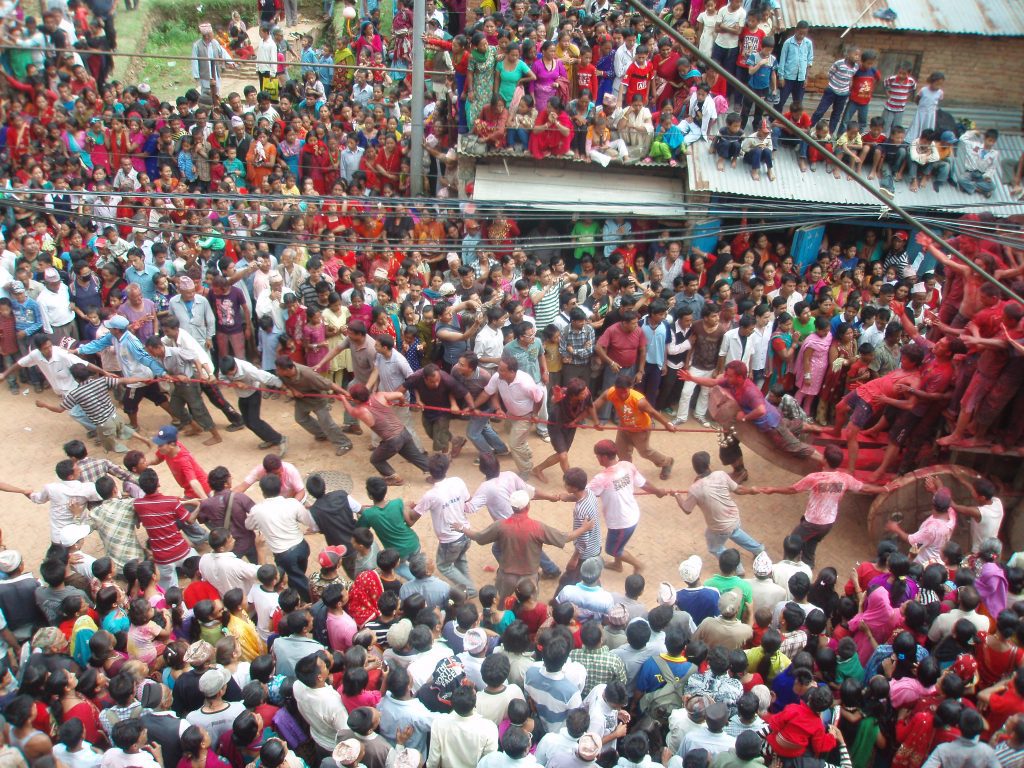
The ninth day of “Sithi Nakha” marks the first day of Panauti Jatra. On the first day of Panauti Jatra, devotees take out goddess Bhadrakali from her temple and send her to the temple of Brahmaini, which is said to be her paternal home. On the second day, people worship all the gods and goddesses around the town and host feasts in their homes.
The third day is the grand one, on this day the chariots of the three gods Mahadev (lord Shiva), Bhairab (Manifestation of lord Shiva), and Bhadrakali are collided. The chariots of Mahadev and Bhairab are dashed against the chariot of Bhadrakali. The chariots are collided to represent the mating of the gods and has an amusing lore behind it.
A Sacred Celebration of Faith and Tradition
During the Jatra people visit temples around town and perform many religious ceremonies in their home. Later they gather at the ground of Layaku Darbar to celebrate the Jatra. Young men lift the chariots of the god and take it around the town and collide the chariots as a ceremony. They throw Sindur ( Vermilion powder ) on one another giving another name to this festival “The Sindur Jatra”.
For the Newari people and others residing in the town, the Jatra holds significance beyond mere ceremonies or rituals—it is a manifestation of faith. According to the mythology of the Panauti Jatra, a fascinating phenomenon occurs each year. It is believed that during the Jatra, a thunderstorm accompanied by rain takes place, symbolizing the homecoming of “Basukhi Naag”. Remarkably, even if the day is initially sunny and clear, it miraculously rains with a display of thunder and strong winds.
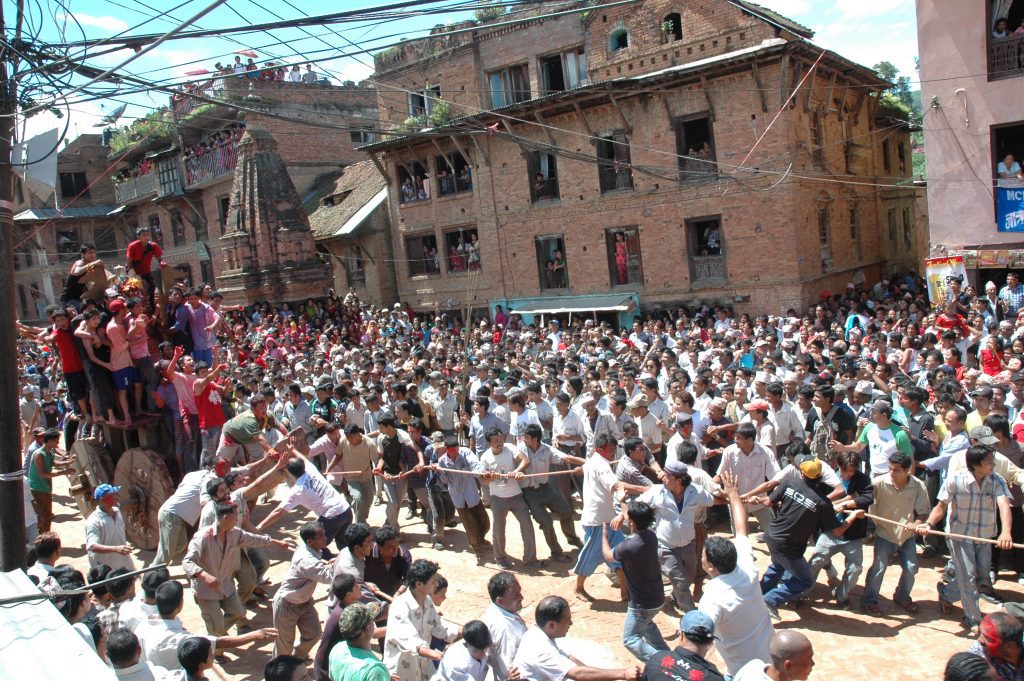
The Lore of Panauti Jatra
Bhadrakali is a fearsome form of the goddess Parvati. One day, Parvati became furious with Mahadev (her husband) due to displeasure with his behavior. So she started chasing Mahadev. Mahadev ran toward the Punyamati river and hid under the water. He came out taking the avatar of Bhairab, the formidable form of Mahadev, and started chasing Bhadrakali.
Bhadrakali fell in front of the Layaku Darbar. Then Bhairab and Bhadrakali performed sacred sexual relationship three times. Again Bhairab changed himself into Mahadev and performed intercourse three times with Bhadrakali. In today’s time, the colliding of the chariots represents the intercourse between the god and goddess.
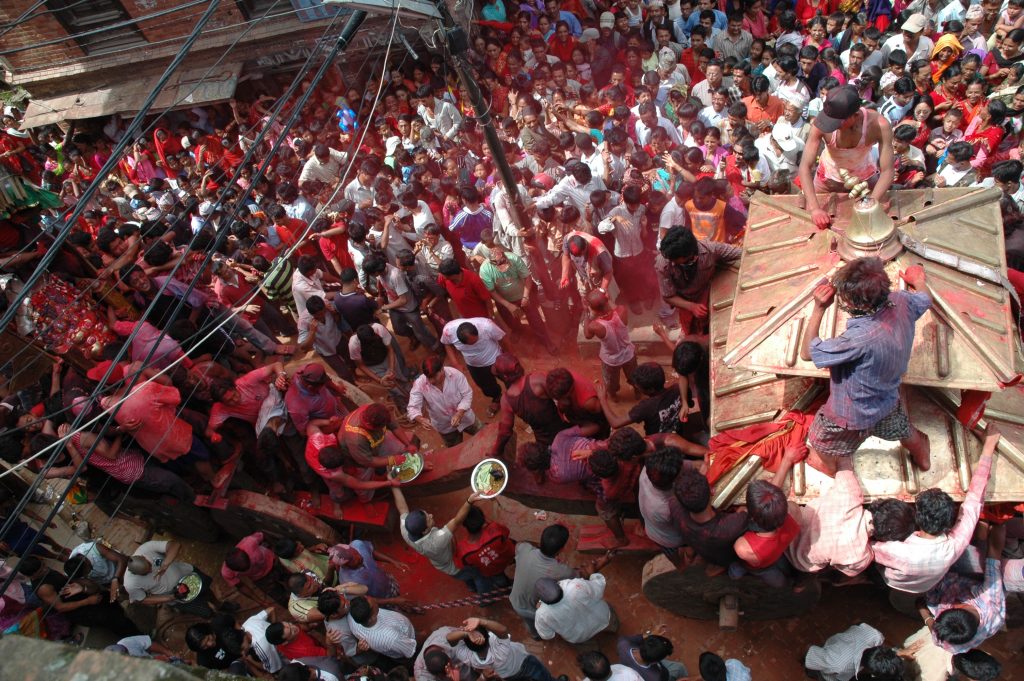
In addition to the mythology of the Panauti Jatra, various other tales surrounding the festival hold significant meaning. Among these is a popular belief that highlights the festival’s importance for farmers. According to this myth, people celebrate the Jatra with the purpose of invoking heavy rainfall, which is vital for successful rice plantation.
This myth underscores the deep connection between the festival and the agricultural community, emphasizing the crucial role that the Jatra plays in their livelihoods. It serves as a powerful reminder of the interdependence between nature and human endeavors, as farmers rely on the bounties of the land and the support of divine forces to ensure a prosperous harvest.
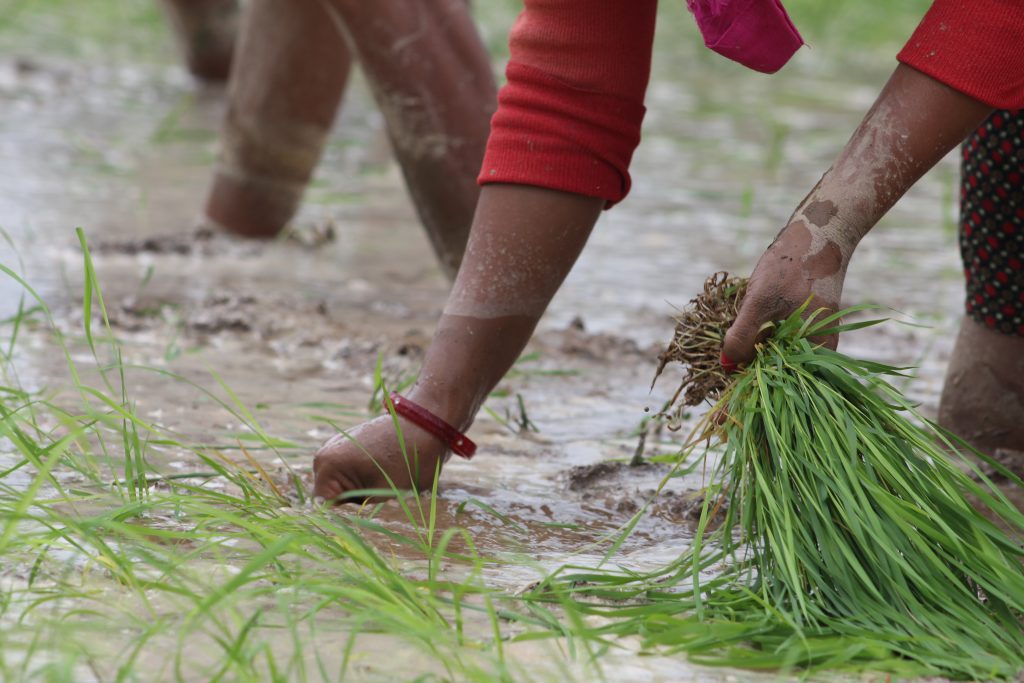
What to Expect During Jatra
The Panauti Jatra provides tourists a unique opportunity to dive deep into the ancient Newari culture. As a tourist, you can soak in the joyful ambiance of the town and be a part of lively celebrations with locals. If you are planning to observe the Panauti Jatra, mark your calendar from 2nd of June to the 4th of June.
On the main day of the Jatra, all the local businesses in Panauti are closed. The center gets super busy. You will see chaos and crowd but all of it perfectly falls on the right path. You will be able to observe the Jatra closely with the locals and see many small engrossing ceremonies.
There will be lots of small kiosks around the street to check out. If you have a local host or friend you can get much more information about the Jatra. You can also try the delicious Newari food.
Believers consider Panauti a holy town where one’s wishes come true when they pray with a pure heart. Make sure you visit Panauti to attend this Jatra on Jestha Shukla Purnima on the 4th of June, and celebrate Jatra with the locals of Panauti.
